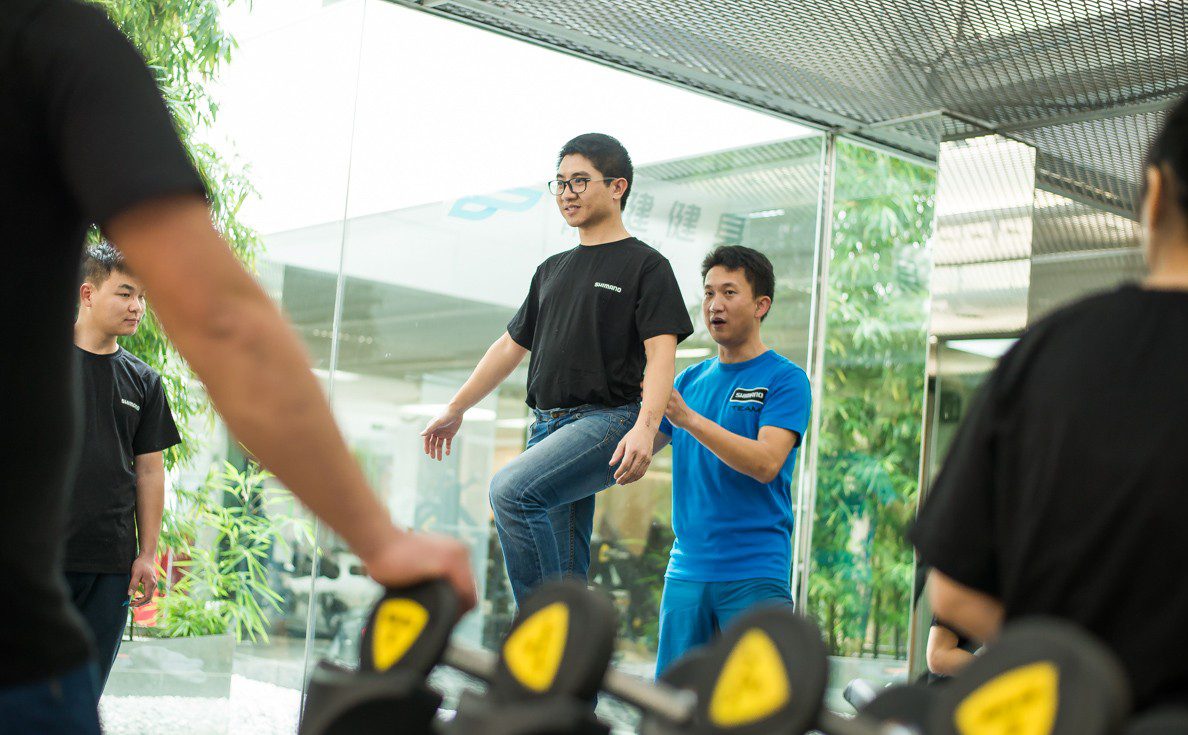
Strength training, for the pursuit of the ebike enthusiasts is a compulsory course. In the gym, you can effectively improve core strength and trunk stability, balance the development of different muscle groups, and have a positive effect on injury prevention.
There will be different courses for different ebike enthusiasts. Some people only do self-weight exercises, while others like to use equipment. It doesn’t matter if the cat is black or white, if it catches mice, it doesn’t have to be in the form of exercise. But as cyclists, we have specific goals and often make mistakes that undermine the effectiveness of exercise. Myth # 1: high load and low frequency Lifting barbells (heavy weights) does work, but they are only suitable for a short period of time before the season. If you keep doing this for a long time, it will probably backfire.
The fitness of weight training for endurance athletes has long been a controversial issue. Yes, lifting weights allows you to gather more muscle, strengthen ligaments and tendons, and improve core strength. But the obvious downside of weightlifting is that it mostly exercises your anaerobic capacity. Cycling is an aerobic exercise. Cycling also has its oxygen – free parts, but that’s a different story from weightlifters. From this point of view, the effect of lifting weights on the driver is limited. Take the squat and the hard pull, where you land on your feet and repeat only a few times under heavy loads. On a bike, focus your power on the balls of your front feet and pedal between 80 and 100 times for several hours.
You need to do strength training in an “aerobic” way. Simply put, reduce weight and increase the number of repetitions. Develop your course based on two to four sets of 15 to 25 sessions.
 Myth # 2: strength training too often Too much strength training can make you tired in the car. Training in poor condition for a long time will reduce your power. You need to be in good shape to train for cycling, that’s your main job.
Myth # 2: strength training too often Too much strength training can make you tired in the car. Training in poor condition for a long time will reduce your power. You need to be in good shape to train for cycling, that’s your main job.
Strength training two or three times a week is enough. Arrange for one day load point, the other day is easy point, to endurance, flexibility based. If you want to add some difficulty, you don’t have to increase the amount. Instead, schedule strength training and bike training on the same day.
 Myth 3: it’s not good for a bike
Myth 3: it’s not good for a bike
You need to be more efficient at the gym. Lifting dumbbells and pulling your back down are all good exercises, but not for a bike. If you’re working on your arms and back, a rowing push-up is a better way. Cycling is done alternately with your legs, concentrating on the metatarsal area. Lunges, hard pulls on one leg and the like are appropriate. Here are some more examples:
Run the steps
This is done in turn with the legs, making contact with the ground on the balls of the front feet. It’s also aerobic. Add a little weight if necessary.
Squat in place
Do a lunge with your hind legs off the ground. Jump up in place, you can swing your arm to assist. Exchange front and rear legs in the air. Quickly repeat the jump after landing, keeping the interval as short as possible.
Go up the steps
Find a box or plane that ACTS as a step. Be tall enough, about 30 to 50 centimeters, to put one leg on and bend the knee at a 90 degree Angle. Use this leg to push your feet up the steps. Repeat with alternating legs.
Do pushups with dumbbells/hike in place
It’s the usual push-ups/in-place climbing, but instead of holding the ground with your hands, find a pair of dumbbells that are holding the ground and hold onto the bar with both hands.

Remember, define your goals. Strength training is designed to improve cycling performance. Feel the changes in your body, especially when you’re riding a bike, to see if your strength training really works.
Common misconceptions about strength training for e-bike enthusiast
Prev: If you don’t get over these 8 levels, you’ll have a hard time riding your bike
Next: Here are five things you should be aware of when cycling in the summer
 hotebike
hotebike